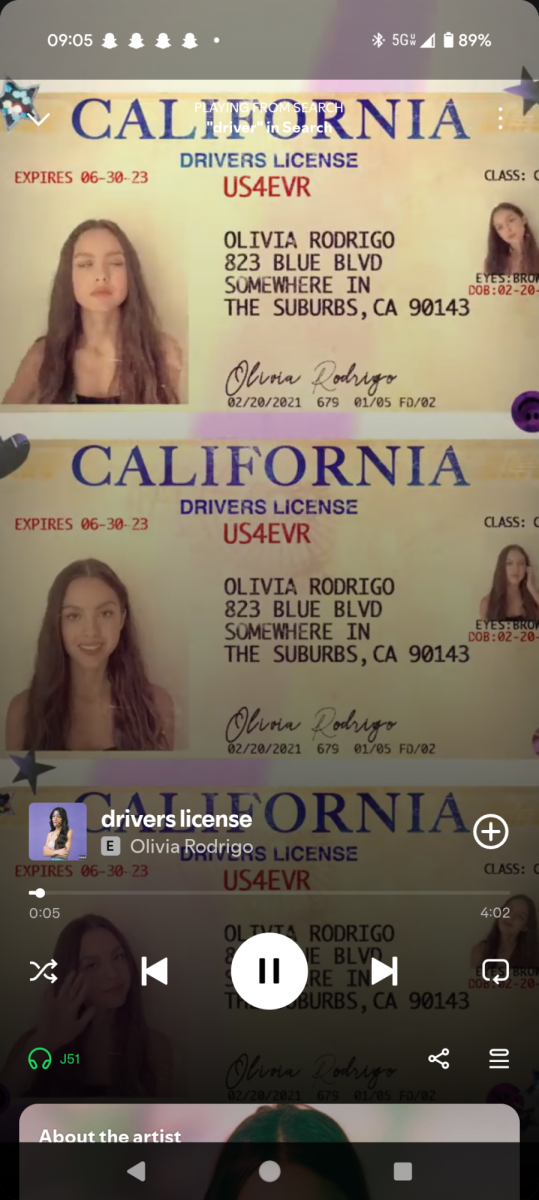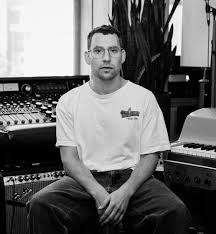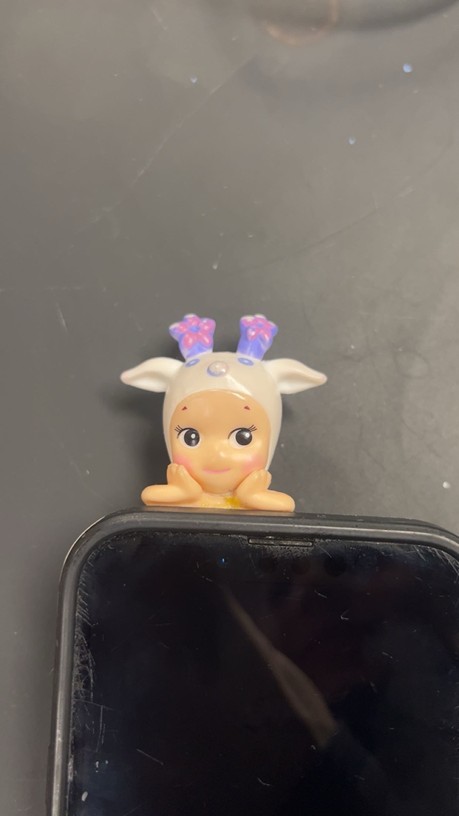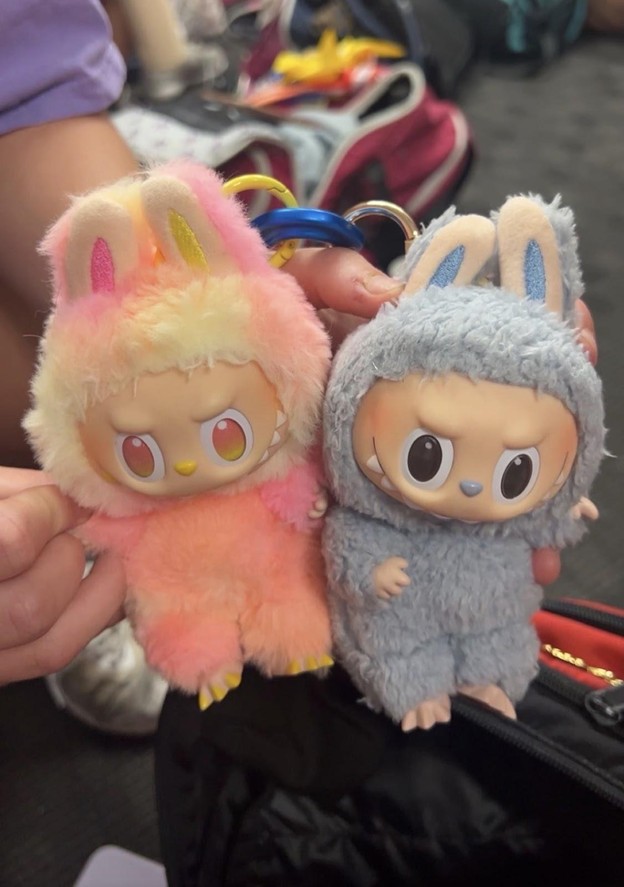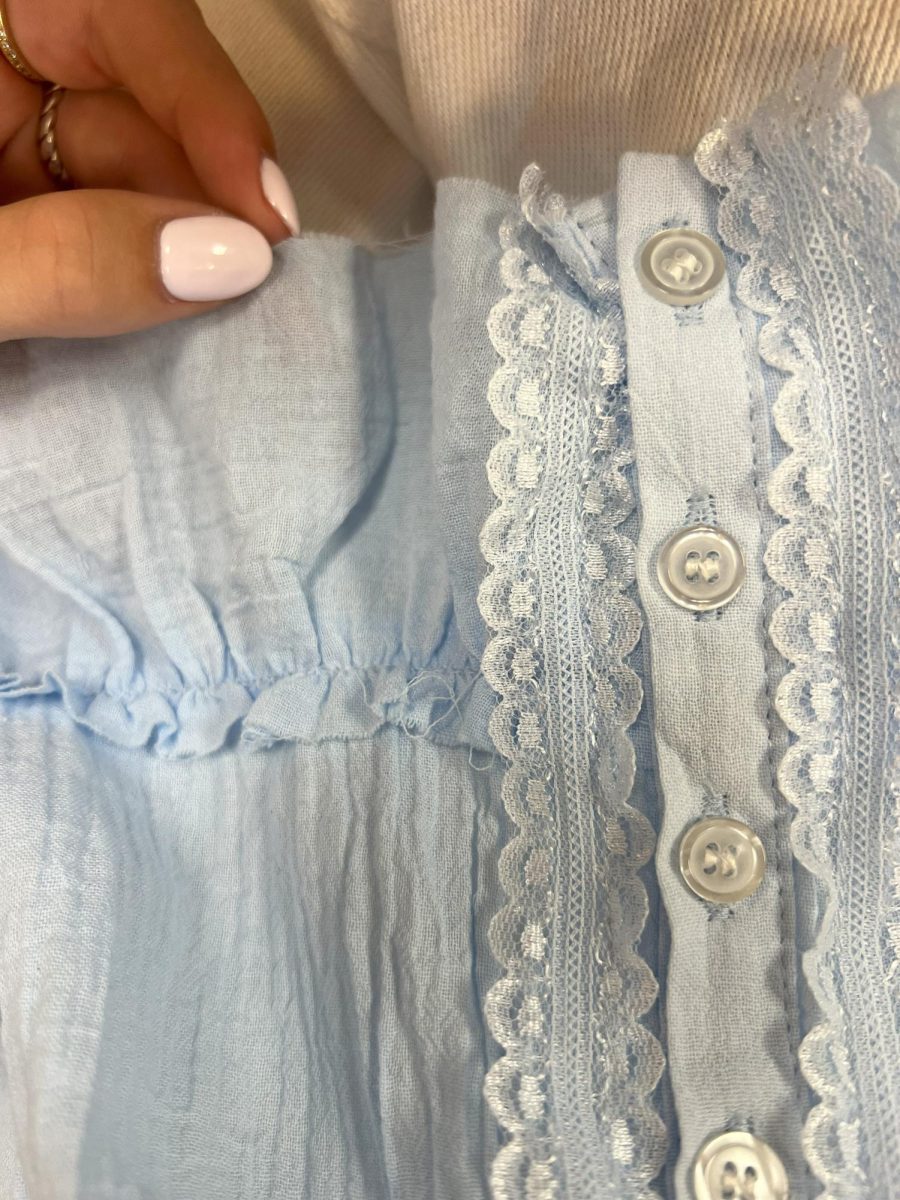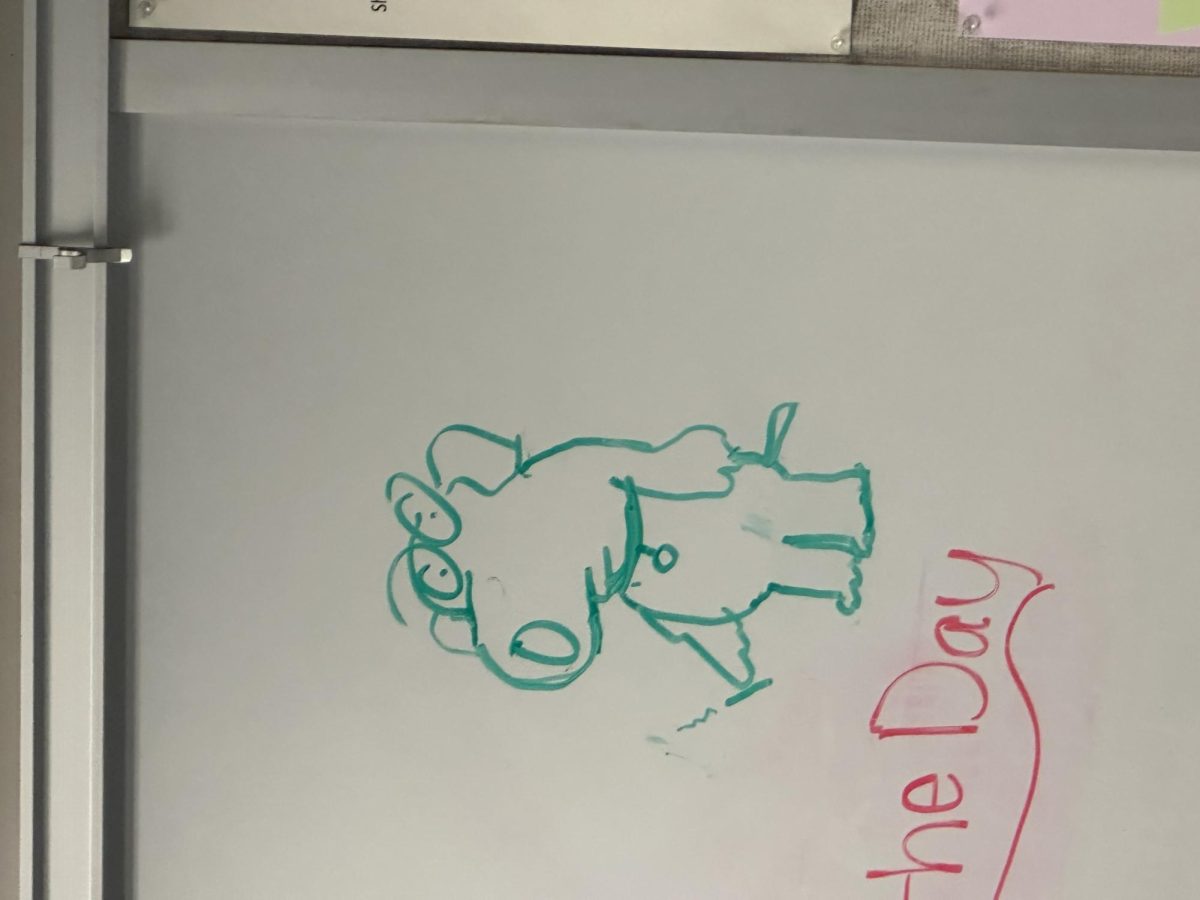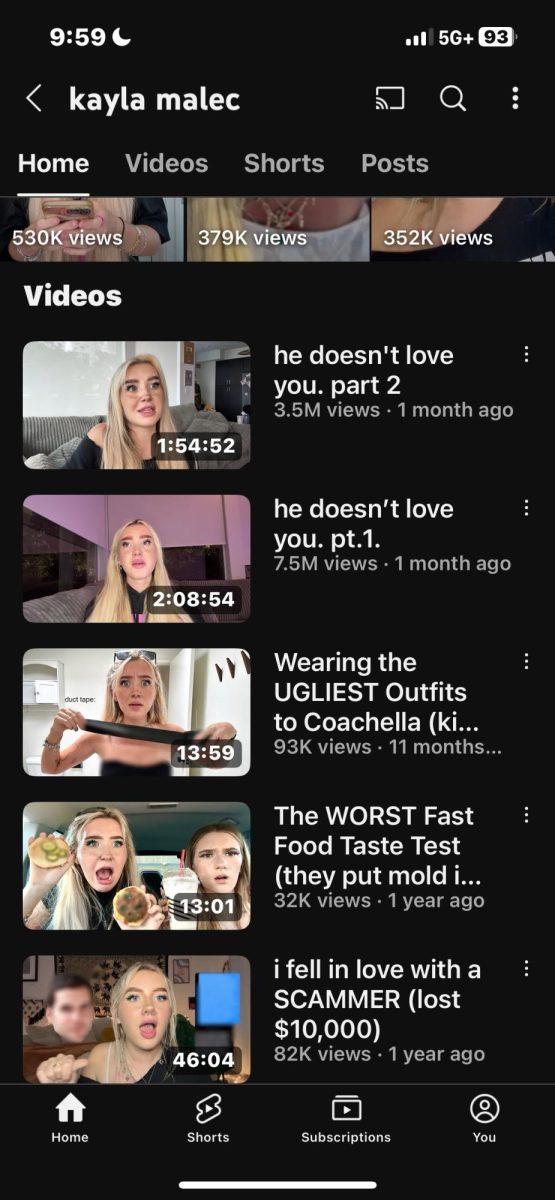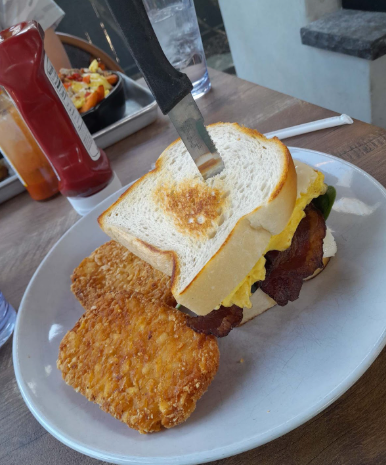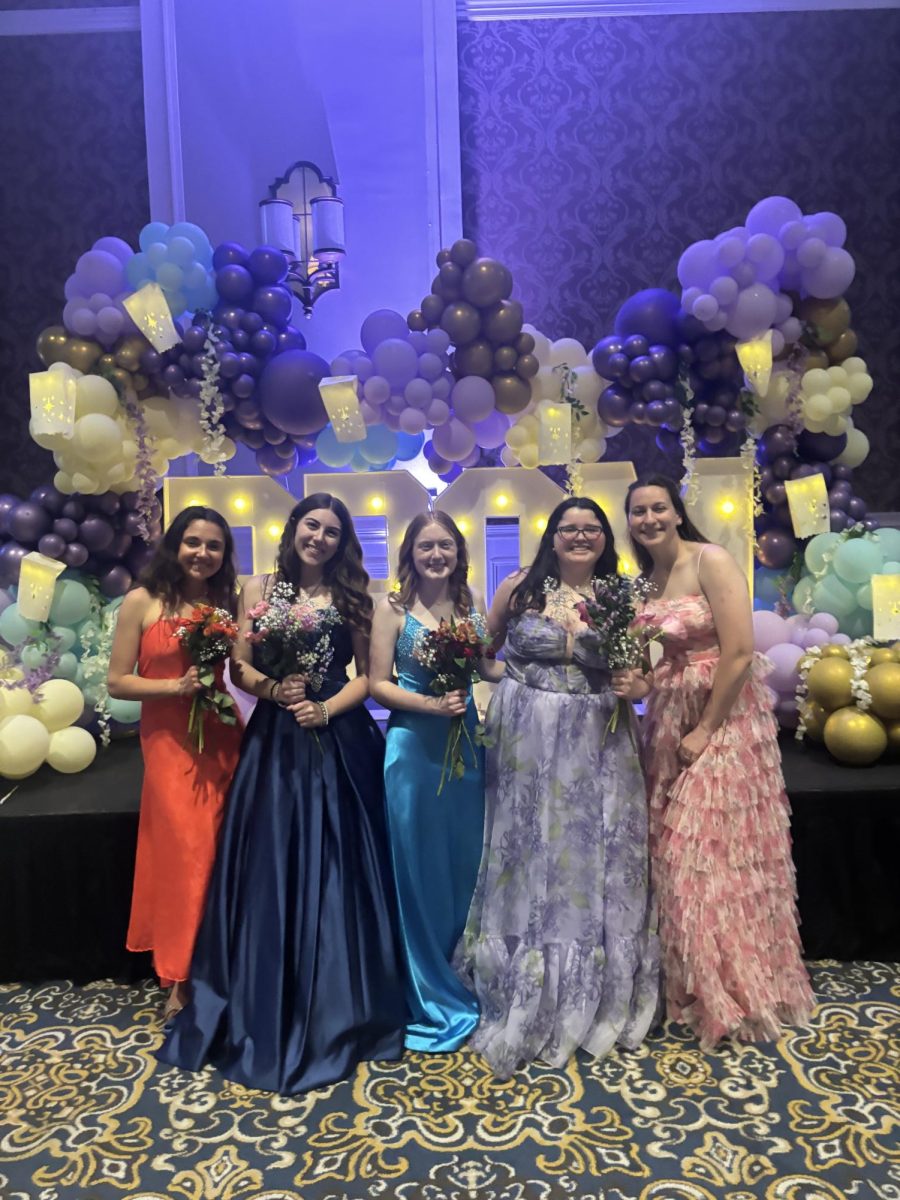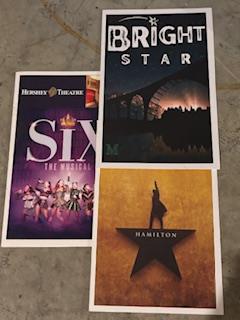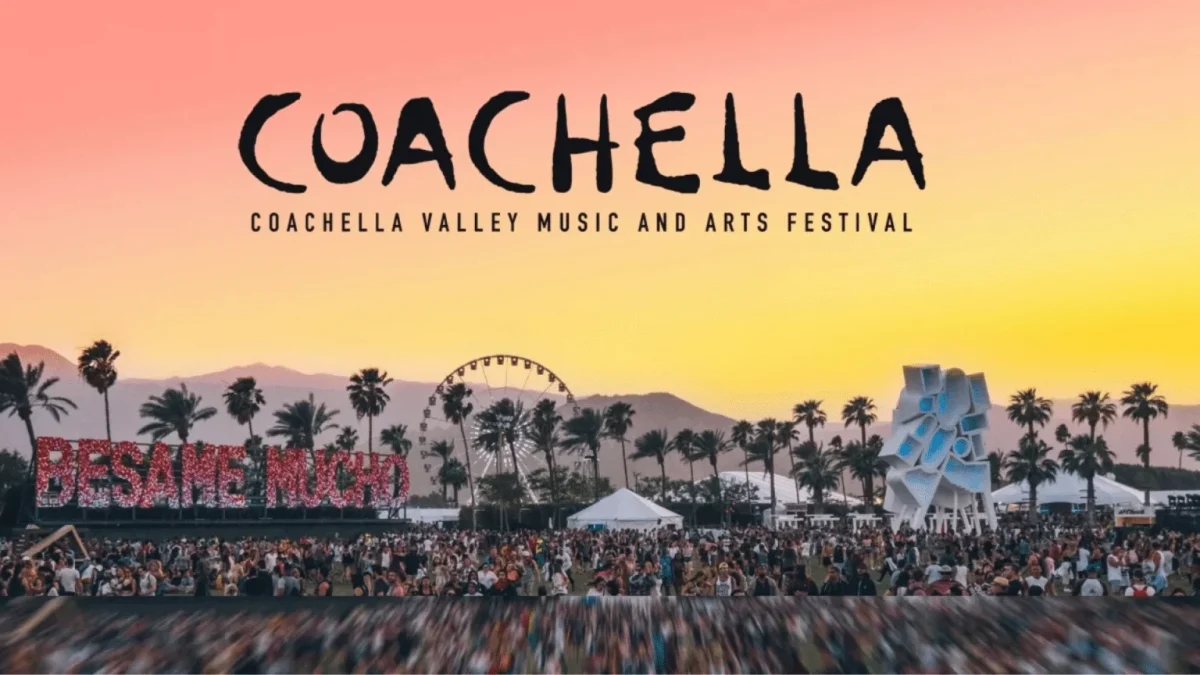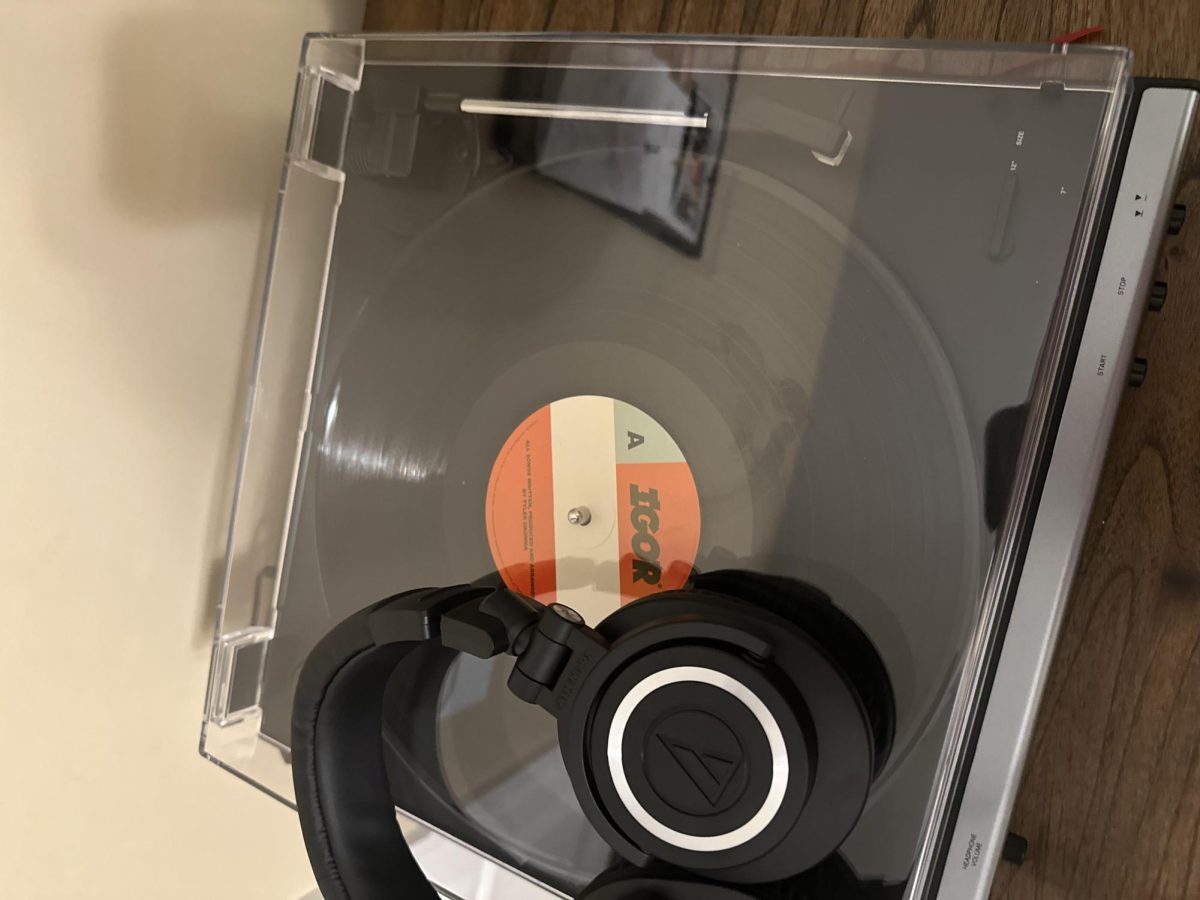In our parents’ generation, music lovers had to wait to buy records from big artists and small artists had little hope of being found. Now, customers have access to millions of songs through a subscription for $10 or less a month and platforms like TikTok help small artists gain traction they wouldn’t otherwise receive.
Take “Driver’s License” by Olivia Rodrigo, for example. Soon after the short clip was released, everyone was dramatically lip-syncing in their car to the depressing lyrics. Rodrigo was then forced to release the song in her debut album ‘Sour’ because of the attention her song garnered on social media.
And those lyrics in your favorite song that just happen to be perfect for those TikTok trends? Totally intentional. Artists are now writing lyrics and songs with social media in mind, in hopes of gaining traction that way.
Playlists have also become our generation’s mixtapes. We can easily combine all our favorite songs in the same file without having to painstakingly wait to record them from the radio. Spotify has even created an AI playlist maker based on your most played songs, making it easy to discover new artists and enjoy diverse music without buying hundreds of dollars on vinyls and cds.
Another factor of music changed by Gen Z is concerts. It’s no longer about watching your favorite artists. It’s about sharing the experience on your story and creating content, while trying to be in the moment. When was the last time you saw zero phones out at a concert? Let me guess, never.
So next time someone says teens are lazy and only scroll on their phones, remind them that you and your generation are shaping the future of music.
Cora Ritchey, grade 10, says, “Social media is changing for the better by making music more accessible and diverse.”
However, Harper Lennox, grade 10, says, “I don’t like how much music is being monetized. It’s focused so much on making the perfect clip that the quality of the rest of the song goes down.”

